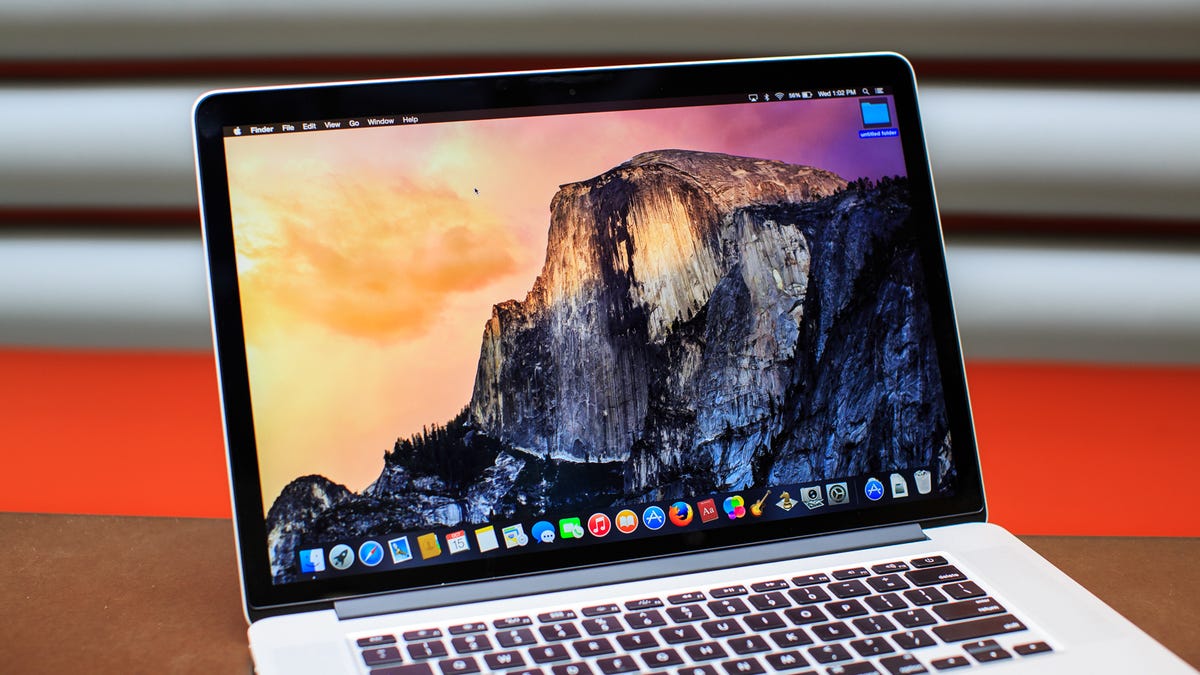How to prepare your Mac for OS X 10.10 Yosemite
Before you upgrade your Mac to Yosemite, you need to make sure your machine is up to the task. We present a quick, four-point checklist to help you make the proper preparations.

Mac OS X 10.10 Yosemite is out, but there are four things you need to do before upgrading your Mac to Apple's latest operating system.
1. Check whether your Mac is able to run Yosemite
According to Apple, the following are the supported models for Yosemite:
- iMac (Mid-2007 or newer)
- MacBook (13-inch, late 2008 aluminum, early 2009 or newer)
- (13-inch, mid-2009 or newer)
- (15-inch, mid/late 2007 or newer)
- (17-inch, late 2007 or newer)
- (Late 2008 or newer)
- (Early 2009 or newer)
- (Early 2008 or newer)
- (Early 2009)
If you can't remember your Mac's vintage, click the Apple logo in the upper-left corner and choose About This Mac. A small window will pop up, showing basic system information.
To see what year your Mac was made, click the More Info button and you'll see a bit more system information, including your Mac's era in gray lettering below its name.
2. Make sure you have enough memory and hard-drive space
Among Yosemite's general requirements are a minimum of 2GB of memory and at least 8GB of available space. The memory amount is shown on the main About This Mac screen from above. To see how much space you have on your Mac's hard drive or solid-state drive (SSD), click the More Info button again and then click Storage at the top of the window.
You may wish to read our article on upgrading your Mac's memory. Or watch this video about how to upgrade the RAM on a MacBook Pro.
3. Check your current OS X version
If you haven't updated your Mac's operating system in a number of years, then you need to check to see if you are running at least OS X 10.6.8 Snow Leopard, which was released way back in 2009. Its 10.6.6 update introduced the Mac App Store, which you'll need in order to download Yosemite. The About This Mac window will show which version of OS X you have. You need be running one of the following:
- OS X Snow Leopard (10.6.8)
- OS X Lion (10.7)
- OS X Mountain Lion (10.8)
- OS X Mavericks (10.9)
If you have an ancient Mac with an OS predating Snow Leopard, you will need to install Snow Leopard before then moving to Yosemite. You can buy Snow Leopard for $19.99 here.
4. Before you do anything, back up your Mac
If you have determined that your Mac can run Yosemite, then (as always) your first move before upgrading should be to perform a system backup to protect your data. Should the installation go awry, you don't want to lose important documents along with your photo and music libraries. Thankfully, Macs include a tool that make backups easy: Time Machine. Learn how to set up Time Machine on your Mac.

